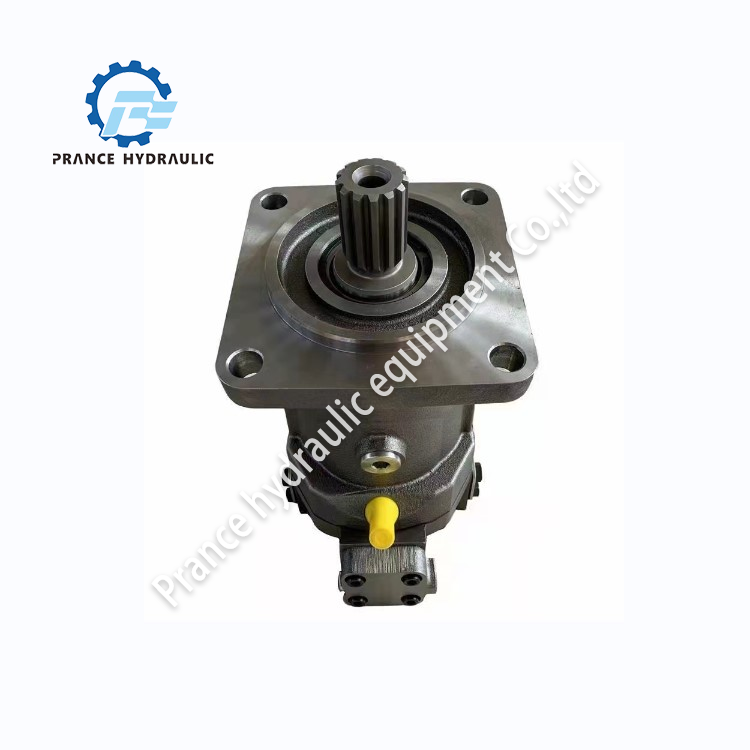Variable displacement motors are machines that can adjust how much fluid to use depending on the amount of work they have to do. This allows them to conserve energy by not having to consume more than the volume of fluid they require. This makes them ideal for a variety of tasks.
One of the ways in which these motors help save energy is by using only as much fluid as needed for the task at hand. This is not the case with fixed displacement motors that always consume the same volume of fluid under all conditions. The pump gearbox can perform better and use less energy by varying the amount of fluid they consume.
Pistons and cylinders are employed in release valve hydraulics to regulate fluid flow. When the motor has to do more work, it can allow more fluid in by opening the pistons and cylinders wider. When it doesn’t have to work hard, it can allow less fluid in by closing them down.
This is what makes variable displacement motors so versatile and capable of operation in various conditions. They can be put to any number of uses, such as running heavy machines or regulating the speed at which a conveyor belt moves. For any job you can imagine, there’s a variable displacement motor that fits right in.

If nothing else, environment-consciousness would dictate that variable displacement motors should be a better option than fixed ones, since they actually save energy and waste fewer resources. With the help of these motors, finding ways to waste less fuel and spew out less damaging gases is a simple matter of common sense.

And the machines they power last longer when they use less energy. Variable displacement motors, when functioning well, also extend the life of the machinery they are part of. This can reduce repair expenses and increase the longevity of the machines, so variable displacement motors are a wise investment for tomorrow.

Which makes them extremely useful across many industries. From construction to agriculture to manufacturing, you can encounter variable displacement motors driving a slew of machines and devices. Their performance in terms of the power delivered is a critical factor for several applications.